How Engineers Develop New Paint Colors
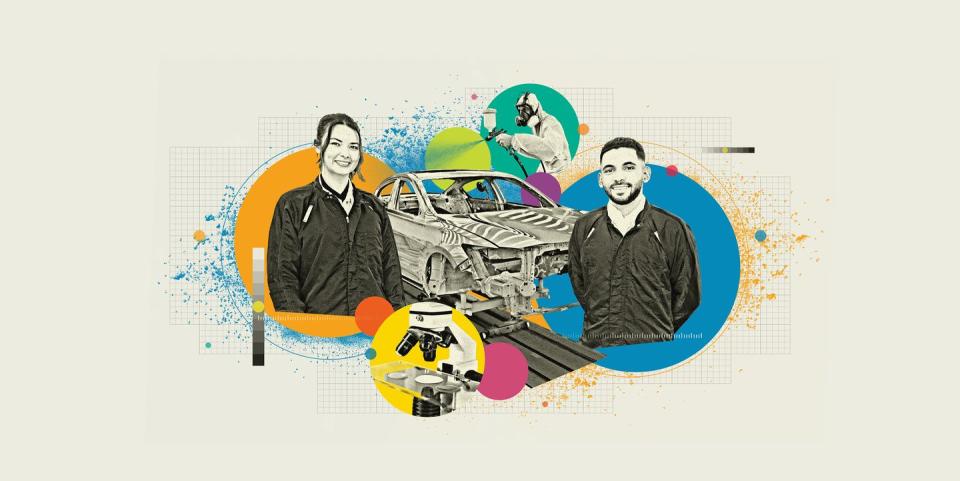
My old truck shows its age. Its rusty undersides, cracked bumpers, and scratched body bear the blemishes of 18 years on this Earth. But look deep into the Eucalyptus Mica paint and it’s still got that hallmark shine, its brilliance unmarred after 200,000 hard miles. That fact is no coincidence, rather the result of decades of improvement in paint science. And nearly 20 years later, people are still working to make it better.
At the forefront are people like Samantha Thobe and Ibrahim Alsalahi. They’re engineers for Honda, working in Marysville, Ohio on the next generation of paint colors. And if they do their jobs right—something that’s tough to doubt after a thoughtful conversation with either of them—Honda and Acura owners 20 years from now will be as impressed as I am today.
Welcome to The Professionals, a Road & Track column where we talk to the fascinating people behind some of the automotive industry’s most fascinating jobs.
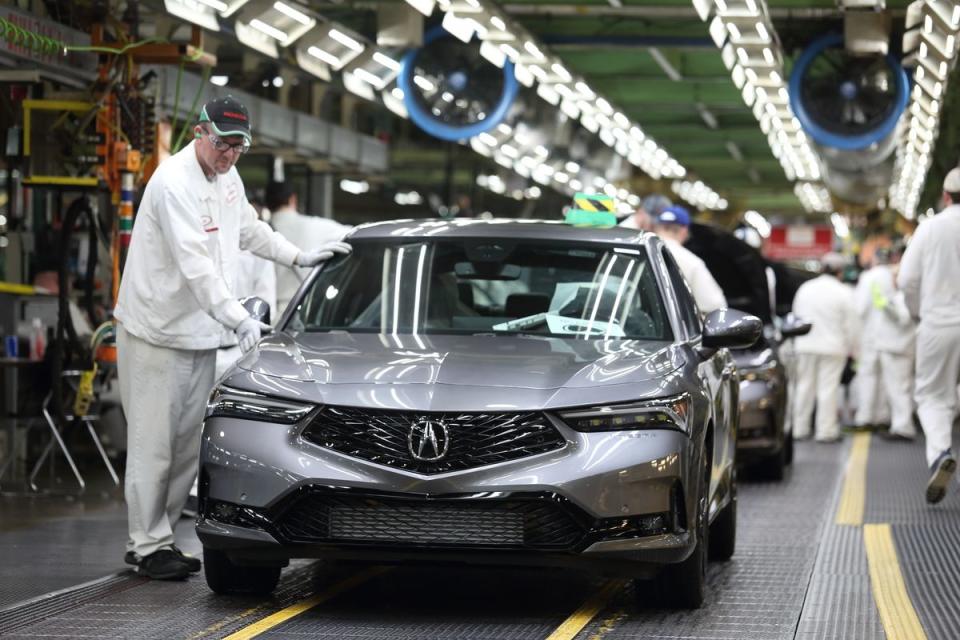
“My role is to take a conceptualized color and make it manufacturable within an automotive production setting,” Thobe, color development lead at the Marysville auto plant, told Road & Track. “Our design teams come up with the new colors [...] they travel the world to come up with them and come up with that concept [...] My job is to figure out how we can replicate this dream color that was created in a lab with the material, equipment, and processes made to produce almost 230,000 units annually on our line.”
That’s a task an order of magnitude more complicated than making low-volume paints for high-end cars. A Rolls-Royce benefits from hours in the paint shop, hand finishing, and the promise of an owner who will baby it. An Accord has to roll off the line in a fraction of the time, sit on an uncovered dealer lot without attention for weeks, and survive decades of use by someone in the Rust Belt who treats it like an appliance. The paint has to be designed from day one with this in mind.
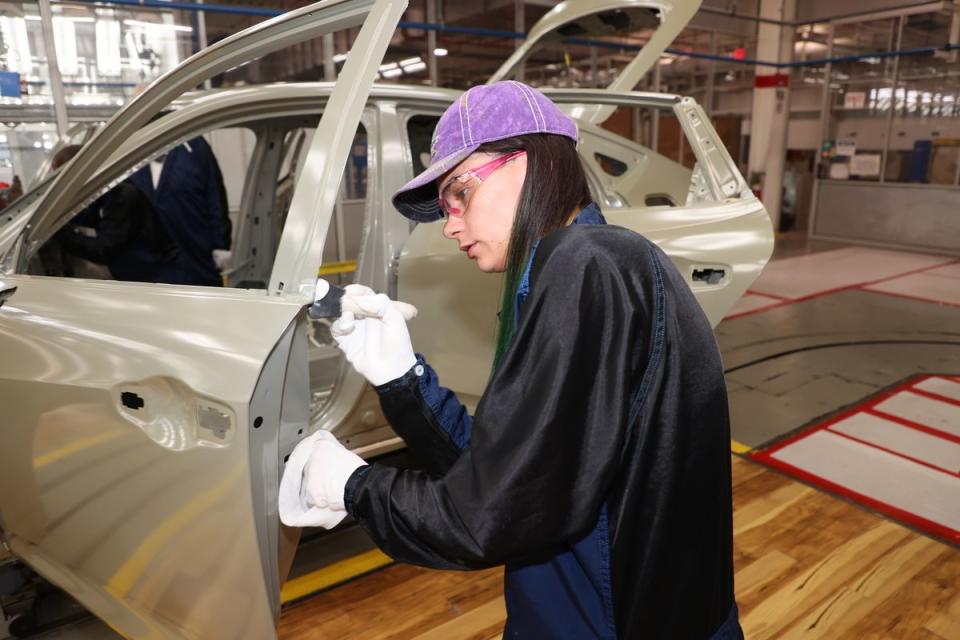
Honda learned this the hard way. The legendary reliability of its Nineties and early Aughts cars mean they all stuck around long enough to see the clear coats peel off their roofs and hoods, a fact that marred their image as forever cars. Thobe’s job hinges on making a manufacturable paint that bonds well, is thick enough to survive for years, and keeps its luster.
It’s a natural role for an engineer with an eye for the creative. Thobe, who is 25 and hails from St. Henry, Ohio, graduated from the Ohio State University for Chemical Engineering. Honda, with its large manufacturing footprint just a short drive from OSU’s campus, gave her an opportunity to flex that degree while incorporating a bit of her artistic side, helping to make stunning colors like Tiger Eye Pearl as stunning in reality as it looked in concept images.
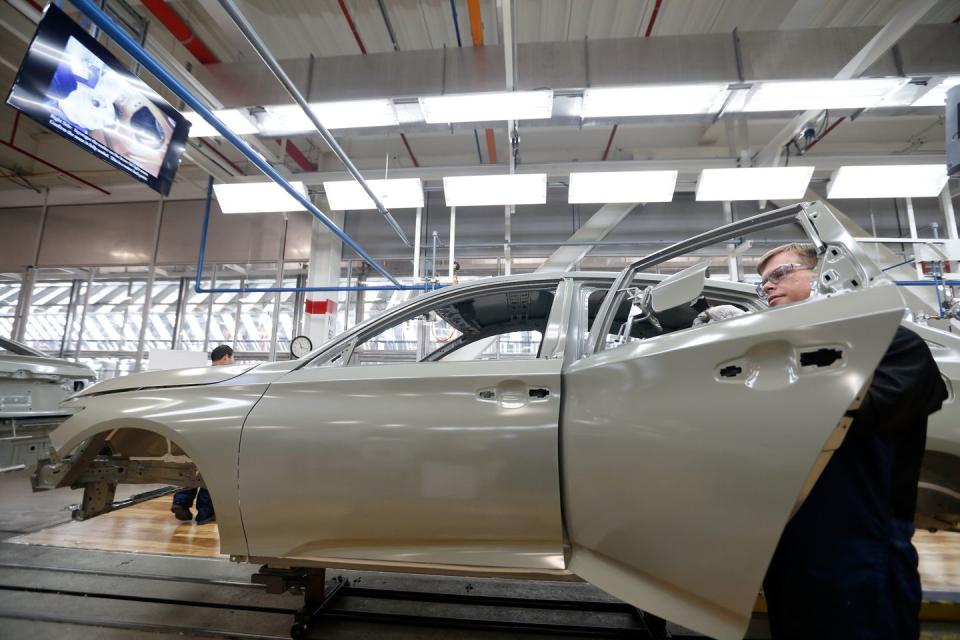
“When it comes to chemical engineering, I just really liked the specifics of the process. That you can track down to the molecules and the atoms what’s going on,” Thobe says. Making sure they all stay well-behaved is the key to making paint that adheres well, arranges its crystals correctly, and reflects a depth and quality that customers perceive as expensive.
Easy to manufacture and built to last aren’t always the same, which is where Alsalahi comes in. A 24-year-old paint durability engineer from Palestine, Alsalahi’s role is in a push-and-pull relationship with Thobe’s. His job is to make sure that the paints Thobe and her team are designing hold up to the salt, sun, and scrapes of the real world.
“Sam every now and then comes to me with a new color,” he said. “My job is to make sure the customer is happy. My job is to make sure [...] there are no issues in the field.”
The team paints samples of bare metal and other materials, sending them out for tests that check weather resistance, peel resistance, chip resistance, and more. Using these tests—which simulate over ten years of real-world wear, though Alsalahi can’t say exactly how long—the team susses out how thick the paint has to be, how hot the paint curing ovens should be set to, and how to ensure glossiness. Each color is different and, contrary to intuition, thicker isn’t always better.
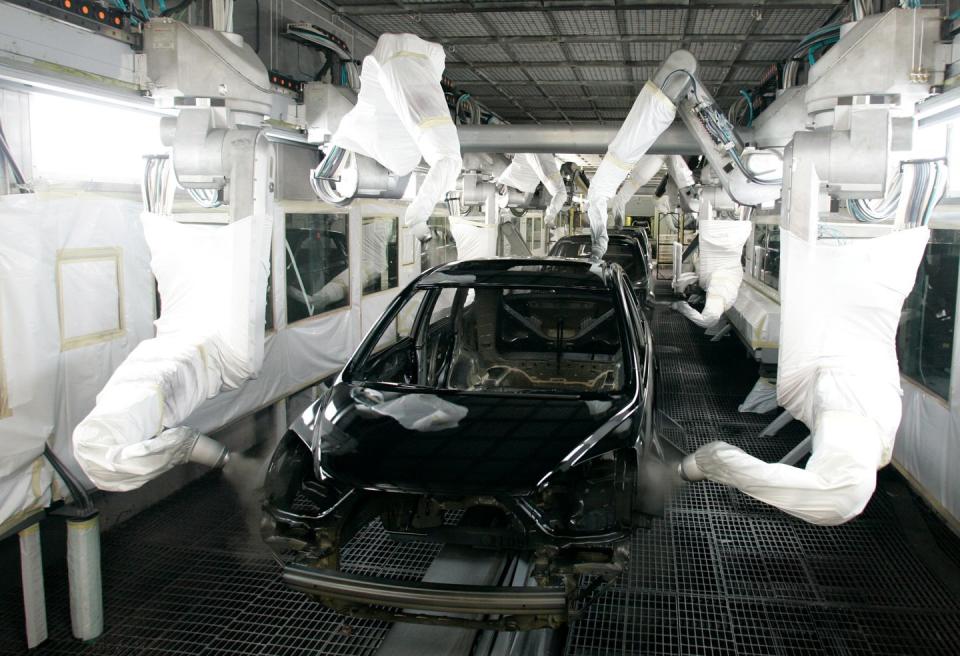
“It’s absolutely a balance. So when we apply thicker material, it will eventually cause us quality issues like sagging or pinholes,” he said. Thicker paint, he said, needs more heat to cure it. Paint naturally runs away from heat, so if you dial up the thickness too much the paint will run away from the corners, leaving those tiny pinholes that will eventually grow into bigger problems.
The role is a culmination of a lifetime passion for Alsalahi.
“I’m a car guy, I’m always wanting to figure out what’s going on inside a car. How stuff works and figuring out what is inside everything makes me more interested in my job,” he says.
After graduating with a master’s in mechanical engineering at Wright State, he got in with an automotive supplier that deals with multiple manufacturers. Honda, he says, had the toughest quality standards, which is what convinced him to get in with the company any way possible.
“When I saw that, I just wanted to work for Honda. I wanted to be part of the highest standard, highest quality [manufacturer],” Alsalahi said. He didn’t know he’d end up in the paint department until the day of, but that didn’t deter him.
“It was different. I wanted something that could be a challenge, that can be an everyday challenge. That’s why I’m sticking to it, I’m holding onto it with both of my hands. I like the complexity of it. Every day we attack a complex issue and figuring that out it and seeing the final product is just rewarding.”
Making those products that last, he says, is a key part of engineering. And if that Honda in the driveway is still shiny after 18 years in the sun, you better believe him.
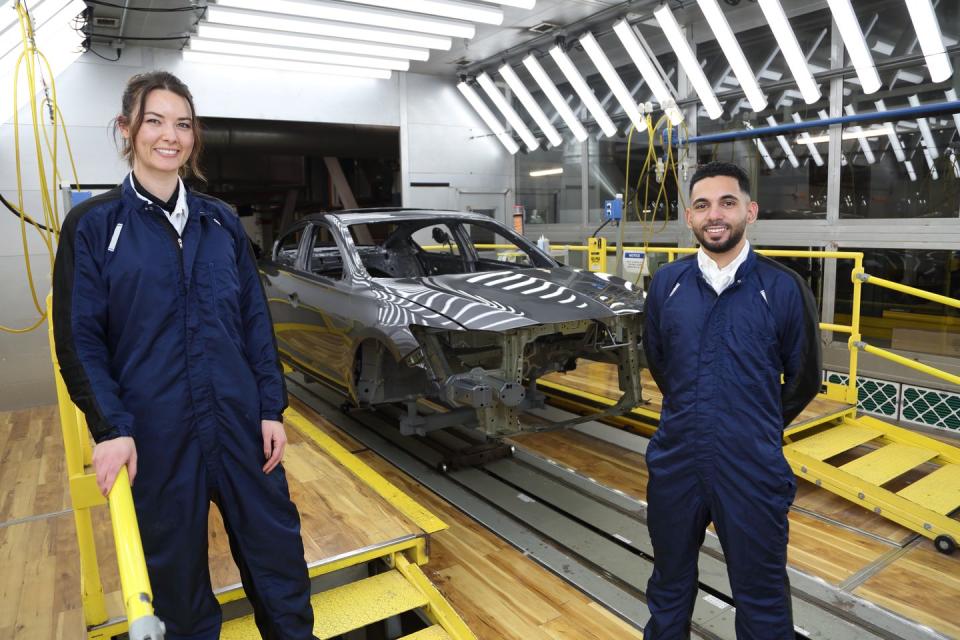
You Might Also Like

 Yahoo Autos
Yahoo Autos 